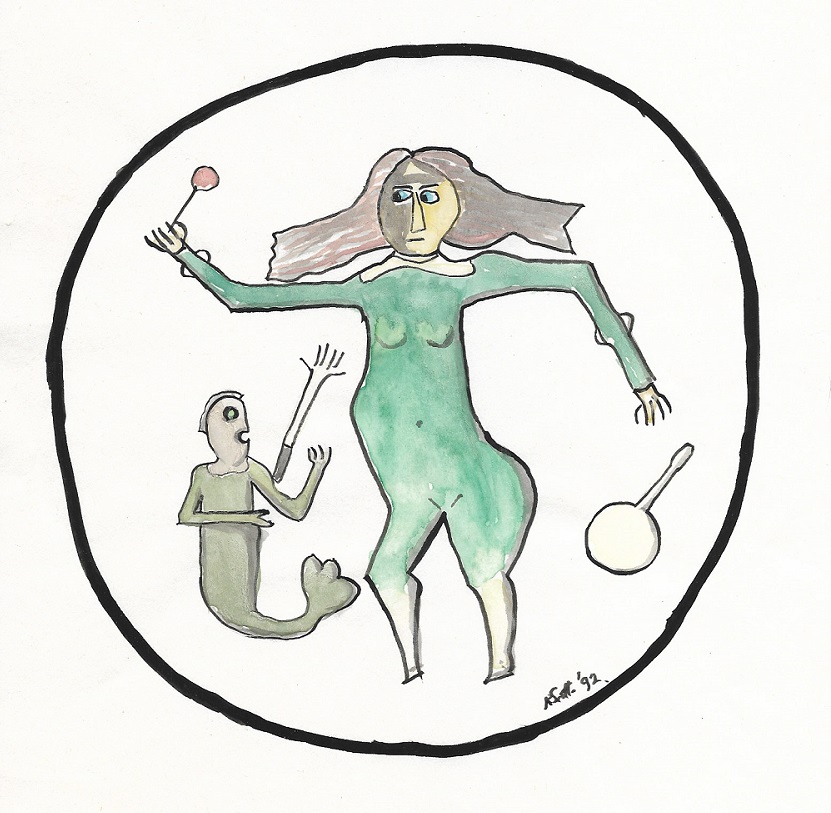A particular photograph in Gertrude Bell's collection, taken in her very early years as a travel photographer, has drawn me back to it many times. It's an image of a European woman bathing in the Dead Sea in Palestine - then part of the Turkish Ottoman Empire - wearing full Victorian bathing gown and looking for all the world like she's in a state of rapture rather than in a harsh and unforgiving viscous lake of salt which burns like fire in your eyes and scorches even the slightest graze. It's not a typical formal Bell view of a building or a place - it's a thoughtful, intriguing composition.
Read moreGertrude Bell, Photographer - from Jerusalem to the Dead Sea
A556. 'European woman (possibly Mrs Nina Rosen) bathing in the Dead Sea. June 1900'. Gertrude Bell Archive, Newcastle University









![Beadlam Roman Villa [Plan adapted from Britannia i 1970 p.278 Fig.5]. Credit: http://roman-britain.co.uk/places/beadlam.htm](https://images.squarespace-cdn.com/content/v1/57481c57f85082e7c413481f/1487516075298-X3T1L27QI884XOA9X2O5/image-asset.gif)

